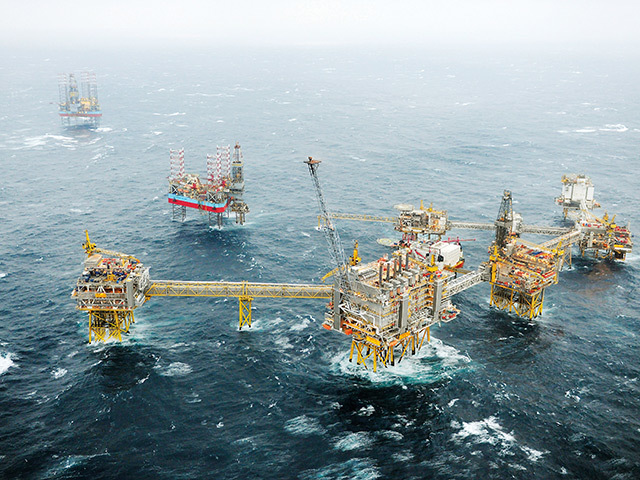
US operator ConocoPhillips is undertaking further decommissioning work on Norway’s original offshore oil and gas field.
The Ekofisk was the Scandinavian country’s first producing field, coming onstream back in 1971, and one of the largest in the North Sea.
The total number of manned and unmanned installations that have been in operation in the Greater Ekofisk Area is close to 30, with some now out of commission and lying cold.
The operator has now received consent for preparations for and the start of the removal of minor structures from the Ekofisk field facilities, including the installation of a temporary crane on a field terminal platform.
In this Energy Voice article from back in 2011 we take a look back at the beginning of the Norwegian oil wave.
Few people believed the Norwegian Continental Shelf (NCS) concealed a wealth of oil and gas.
But a gas discovery in Groningen in the Netherlands in 1959 sparked optimism in the North Sea’s petroleum potential.
In 1963, after a request by Philips Petroleum to Norway’s authorities to explore in its portion of the North Sea, the Norwegian government proclaimed sovereignty over the NCS.
After agreeing boundaries with Denmark and the UK, the first licensing round was announced in 1965, with 22 production licences awarded over 78 blocks.
The first exploration well was drilled in 1966 but it was the discovery of Ekofisk in 1969 that started the Norwegian oil adventure in earnest.
Production started two years later and during the following years, several large discoveries were made.
Exploration concentrated on the North Sea but the shelf was also gradually opened northwards.
Major discoveries were made and the production from the Norwegian continental shelf has been dominated by these large fields – Ekofisk, Statfjord, Oseberg, Gullfaks and Troll.
Foreign companies initially dominated the exploration activities and developed the first oil and gas fields.
However, Norsk Hydro joined in and in 1972 Statoil was established with the state as sole owner.
A policy was established mandating 50% state participation in each production licence issued.
This was changed again in 1993 to an arrangement where an assessment is made in each individual case as to whether there will be state participation and how much the ownership would be.
Another private Norwegian company, Saga Petroleum, was also established but was acquired by Norsk Hydro in 1999.
Statoil was partly privatised in 2001, which led to the establishment of Petoro.
It then took over the handling of the state’s direct financial interest, established in 1985, from Statoil. In 2007, Statoil merged with Norsk Hydro’s oil and gas activities.
Today, about 50 Norwegian and foreign companies are active on the shelf.
Information from the Norwegian Petroleum Directorate.
Recommended for you
